It is completely late, but we would like to send you a report on the 11th Gathering with Dam Lovers in Nagara River Estuary Weir & Funatohira Locks, which was held on Saturday, October 27, 2018.
The number of participants this time was only 13, probably because it was an estuary weir and not a dam, and because it was assumed that the course would probably be the same as the usual tour course.
set
The weather forecast predicted rain all the way up to the day before, but on the morning of the day, the forecast was for clear skies from around 10:00 a.m., and miraculously, the rain stopped before the meeting time. I am sure that everyone's wishes were answered.
Incidentally, the person in charge of explaining the machinery and equipment was the same person who was in charge of the Agigawa Dam machinery at the 1st Gathering with Dam Lovers. I guess that happens when you have been doing this for several years.
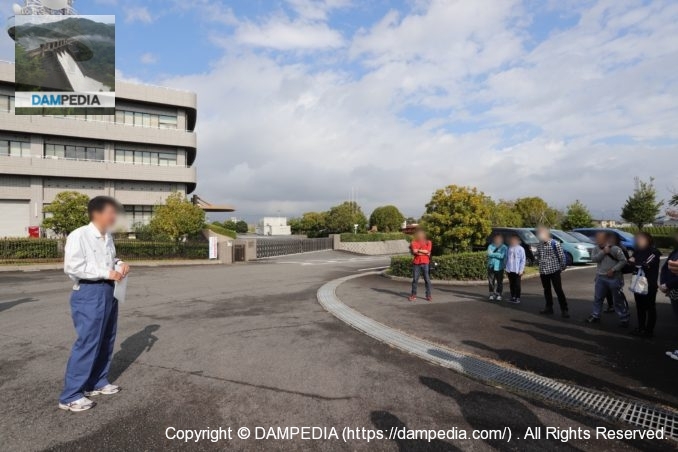
Tour of the management office
After the greeting in the parking lot, we then moved on to the administration office. POPs were posted at the entrance. I am quite happy to see this kind of thing.
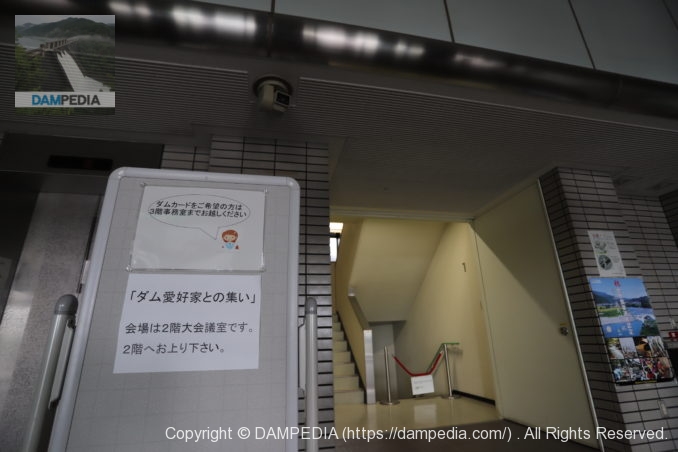
Explanation of the Nagara River estuary weir in the conference room
Enter the management office and immediately move to the conference room. Here you will hear an overview of the Nagara River estuary weir.
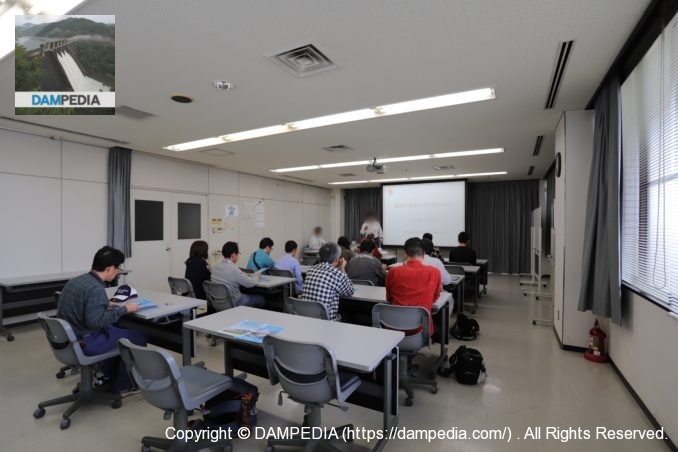
After that, we will move to the operation room for various explanations. Unfortunately, no photos are available because photography is prohibited.
Incidentally, the locks installed on the right bank are said to be operated remotely from the operation room.
I also asked at this time how the gate would be operated in the event of a tsunami, and was told that it would be fully opened. I was surprised to hear that the gates would be fully closed at the drainage pump station, which was the exact opposite of what I had heard. I guess the risk of the gate being damaged by the tsunami and becoming inoperable is greater.
Tour of gate hoisting machine room
Next, we will visit the fishway on the left bank and see the gate winder room. Everyone listened to the explanation earnestly.
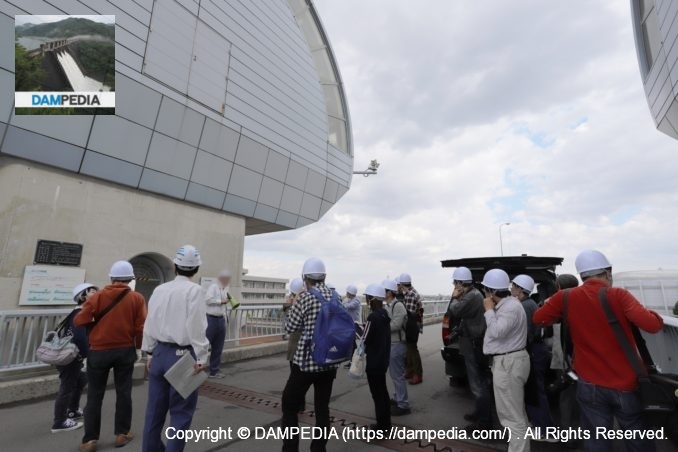
...And that was the end of our visit at the Nagara River estuary weir. There is no audit corridor, so it was easy. We really wanted to take you on a patrol boat to experience the locks, but unfortunately we could not include it in the course because the boarding area seemed to be damaged due to the outflow of water. If there is another opportunity, I would like to experience the locks at the Nagara River estuary weir.
Afternoon boat ride on the Kiso River sightseeing boat
In the afternoon, only those who wish to will board the Kiso River sightseeing boat to experience the Funatohira Locks. First, we will go to Kuzuki Port, the meeting place. Board the boat here.
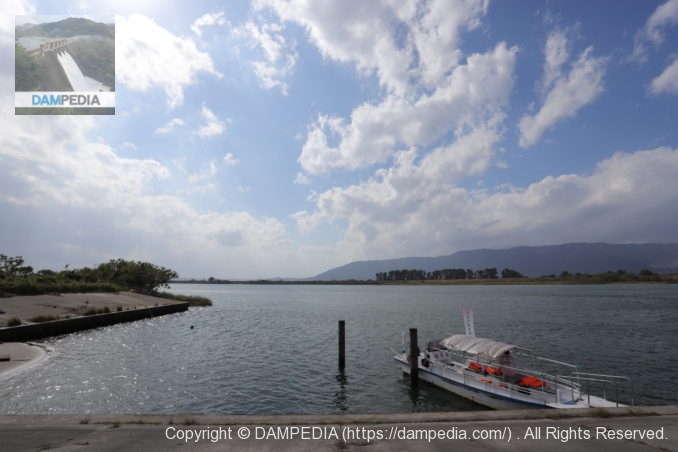
Kelep water control of the Kiso River
ちょっとした舟遊びですね。お弁当を食べながら移動しますが、風が強くてお弁当の写真を撮ってる余裕はありませんでした😁
Boats departing from Kuzuki Port first go down the Kiso River. On the way, you can see the Kelep water control system by De Reke, a Dutch engineer of the Meiji era, from the boat. (Civil Engineering Heritage recommended by the Japan Society of Civil Engineers)
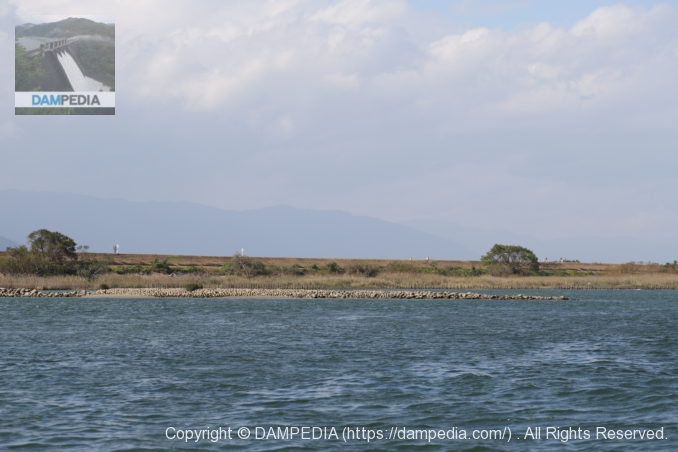
Funatohira Locks Kiso River side lock door
Moving south on the Kiso River, the Funatohira Lock Gate comes into view. Locks" refers to facilities that allow vessels to come and go by adjusting the water level at sluice gates when navigating rivers where the water level differs from each other. Funatohira Locks allow ships to come and go between the Kiso River and the Nagara River. Incidentally, it is designated as a National Important Cultural Property.

Kiso River side lock door of Funatohira Locks opens
The lock door on the Kiso River side will open. Incidentally, there is a bell on the right side, which is not visible in the photo, and if you pull it and ring it, a worker will come out and open the door for you.
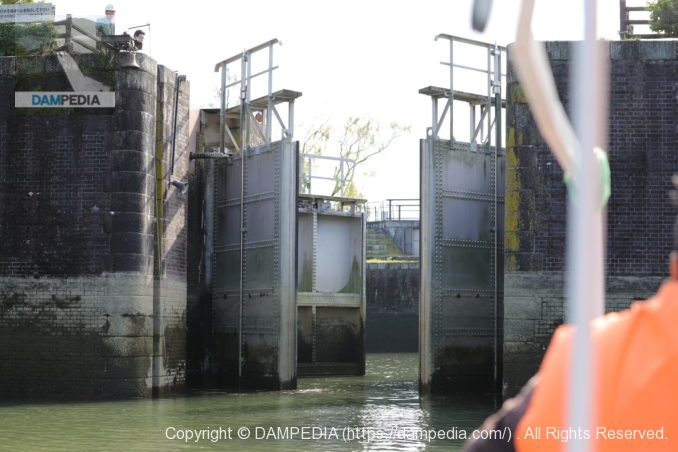
Water supply in the lock chamber
Move the boat inside the lock chamber. On this day, the water level of the Kiso River was lower than that of the Nagara River, so the sluice gate on the Kiso River side was closed and water was supplied inside the lock chamber. The water level is adjusted to that of the Nagara River. While water is being supplied, bubbles come out as shown in the photo.

Nagara River side lock door of Funatohira Lock Gate
After navigating the Nagara River for a while, the boat will return to the Funatohira Locks. Disembark and moor the boat on the Nagara River side to explore the Funatohira River Park.
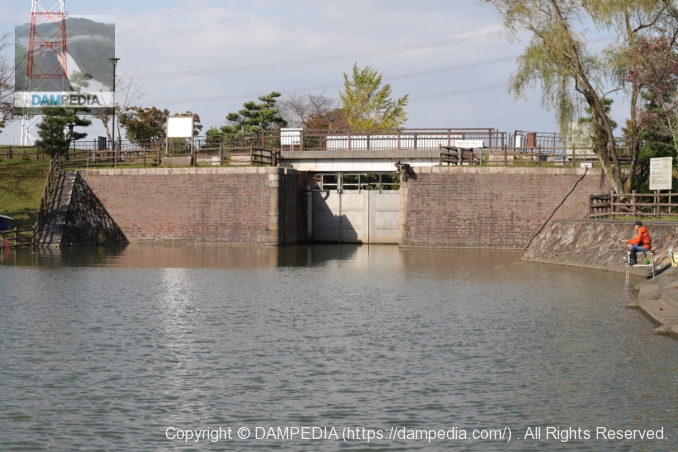
Statue of Johannes de Reke, benefactor of flood control
A bronze statue in honor of Dutch engineer Johannes de Reke, who was instrumental in the construction of the Three Rivers Diversion Project for the Meiji flood control, has been erected in the park.

Funatohira Locks Management Office, Ministry of Land, Infrastructure, Transport and Tourism, Kiso River Library
Visitors will enter the Kisogawa Bunko and listen to explanations as they tour the facility. Here, visitors can learn about the history of the Kiso San-river's hardships through a wealth of documents and materials related to the Horeki flood control and the Meiji flood control.

Lock chamber of Funatohira Locks
The lock gate on the Nagara River side has a bridge above it, which provides a bird's-eye view of the inside of the lock chamber.

Ring the bell at the Funatohira Locks
We boarded the ship again, this time to ring the bell to have the gate on the Nagara River side opened. I was allowed to play that major role. It is a valuable experience, so if you have a chance to pass through the locks, let me ring the bell.
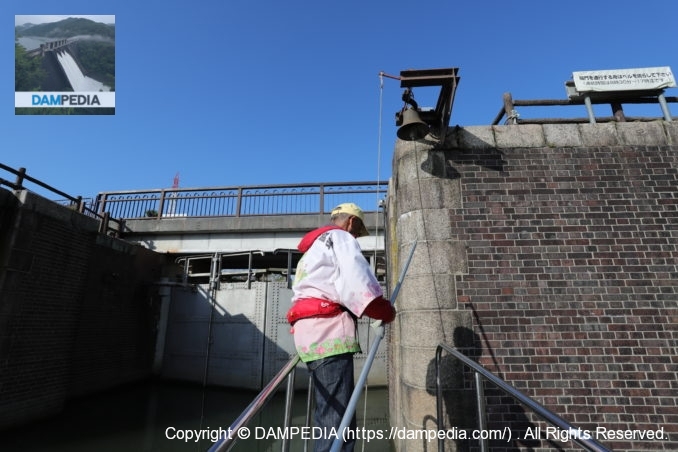
Lock head of Funatohira Locks
Now the water level is high, so the water in the lock chamber is drained and the water level is lowered to match the level of the Kiso River. Then, it passes through. The door chamber is made of brick masonry, but it is said to be as it was when it was built in the Meiji era. The part of the corner where a ship may collide with it is made of granite instead of bricks to increase its durability.
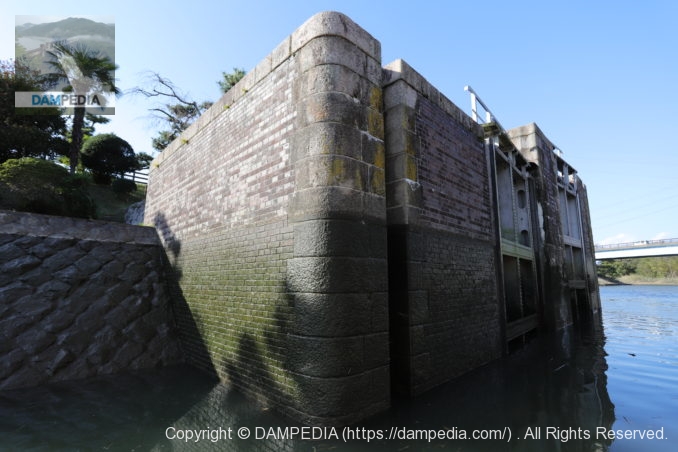
After passing through the Funatohira Locks, we returned to Kuzuki Port to complete today's itinerary and disband.
Although the main focus this time was not on dams, I think it was a good opportunity to learn about the history of flood control on the Kiso San-river. It was a good opportunity to learn about the history of flood control along the Kiso San-river. I hope to see you again at the next gathering with dam enthusiasts, the 12th!

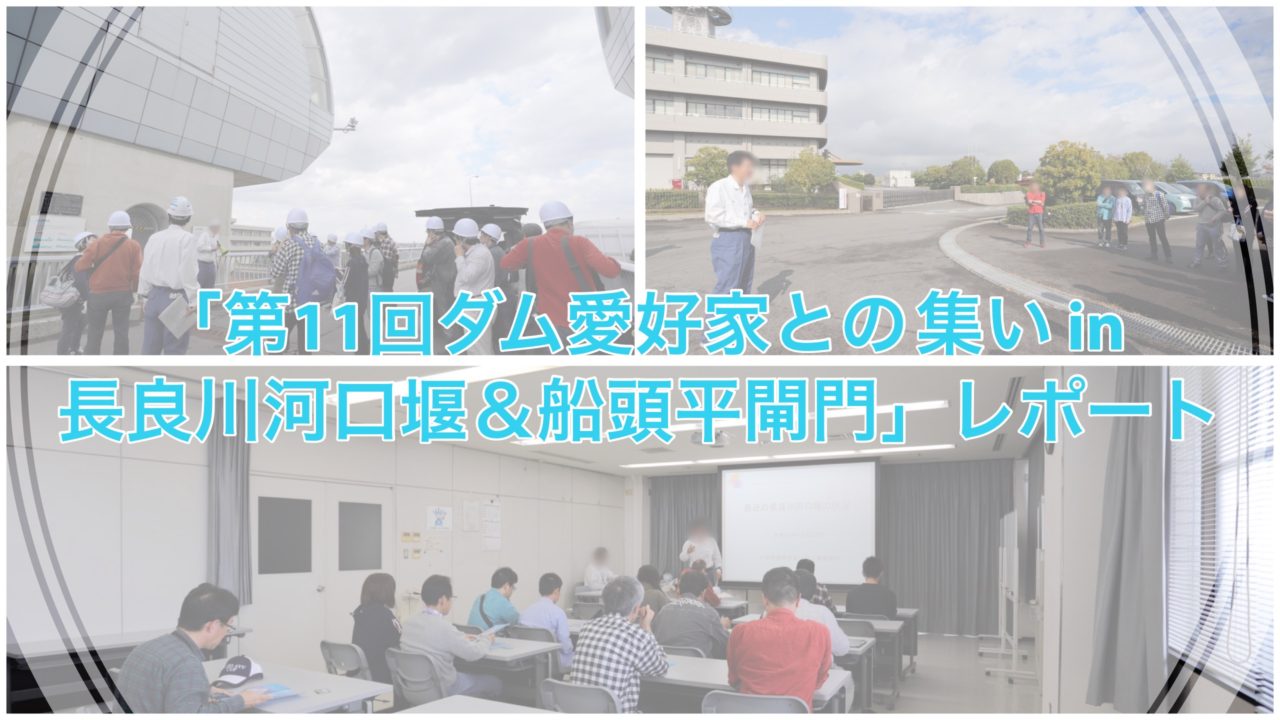


Comment